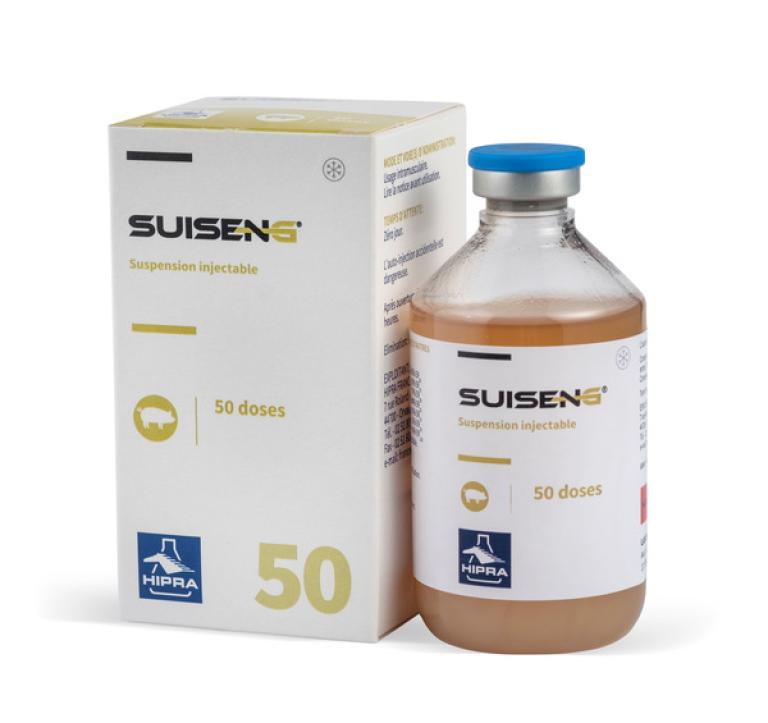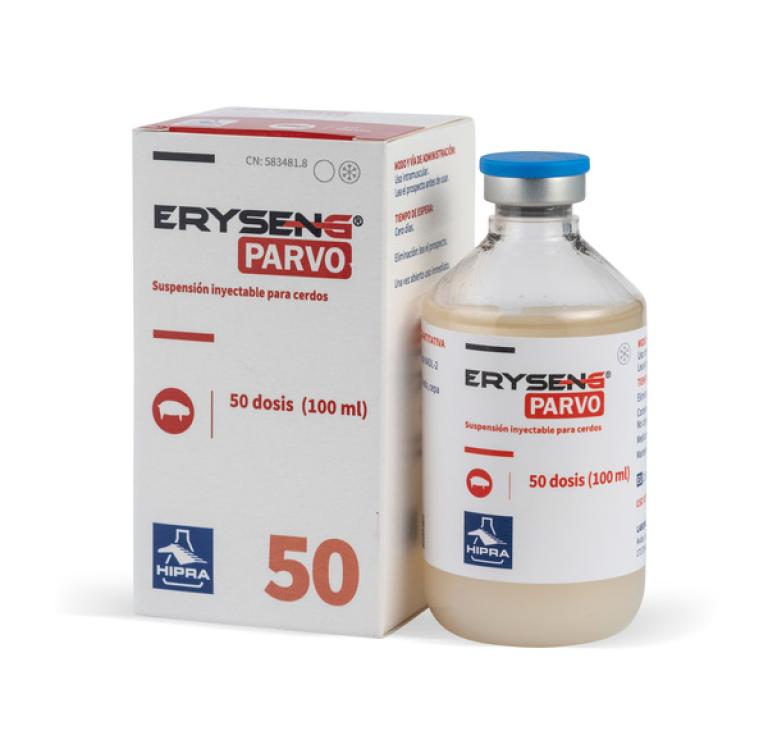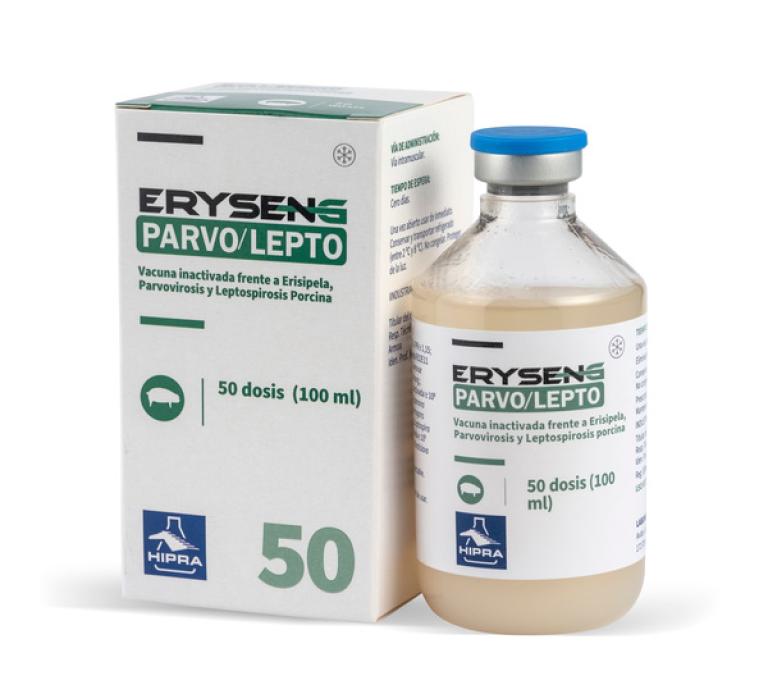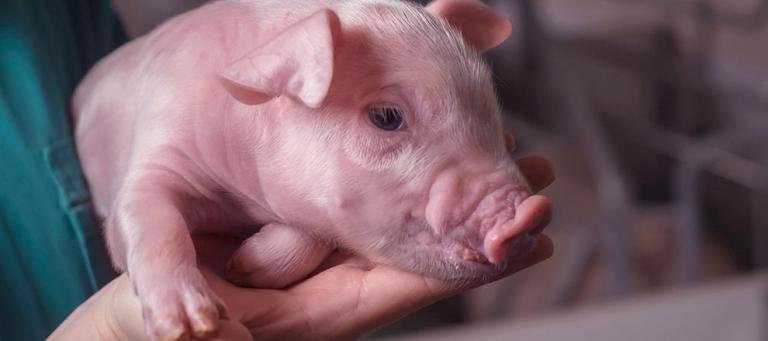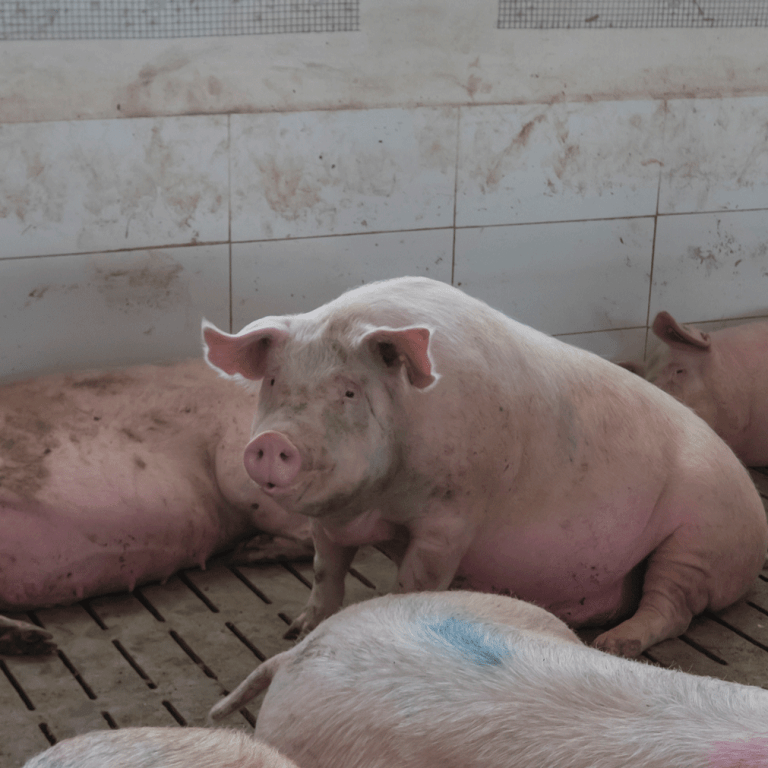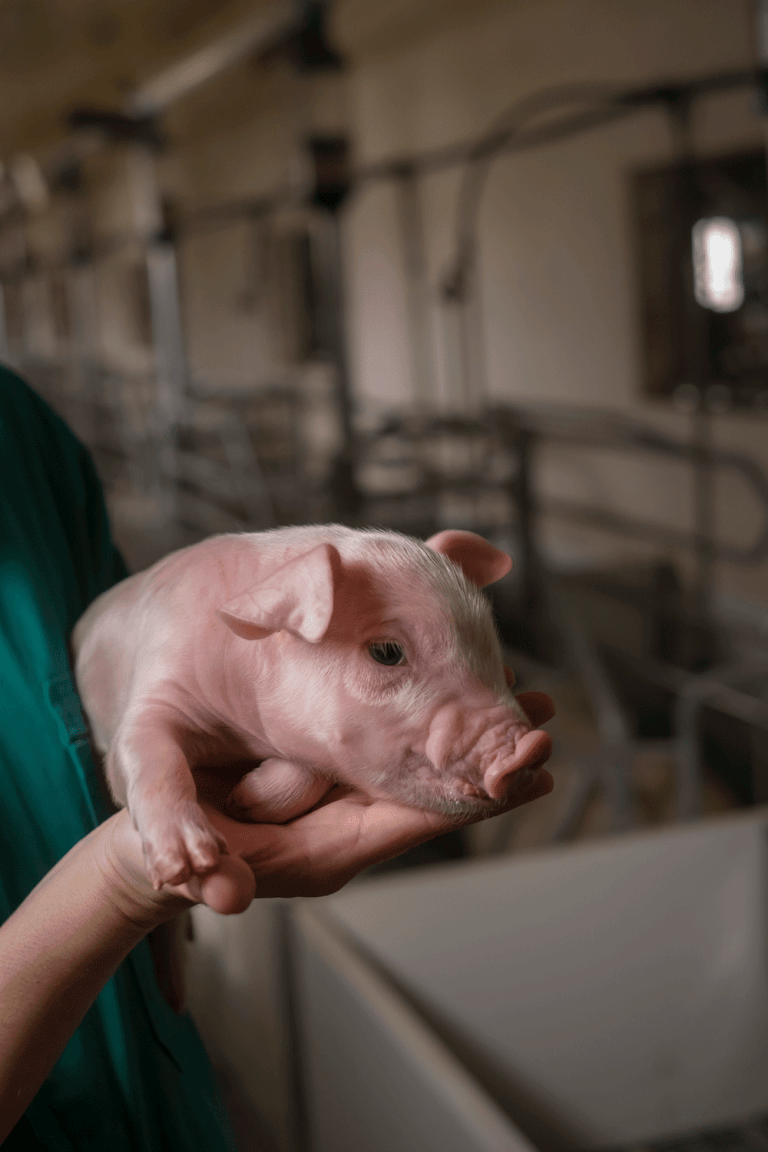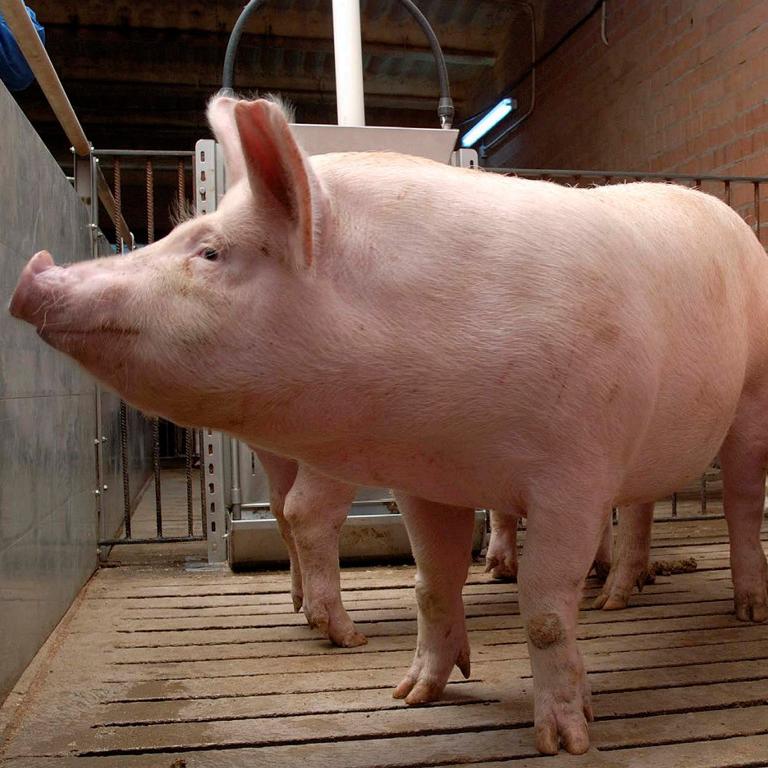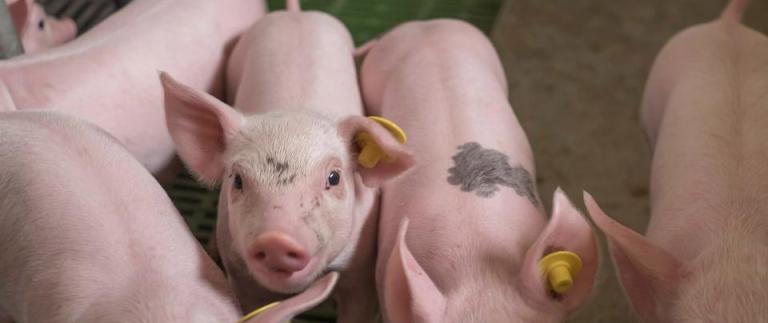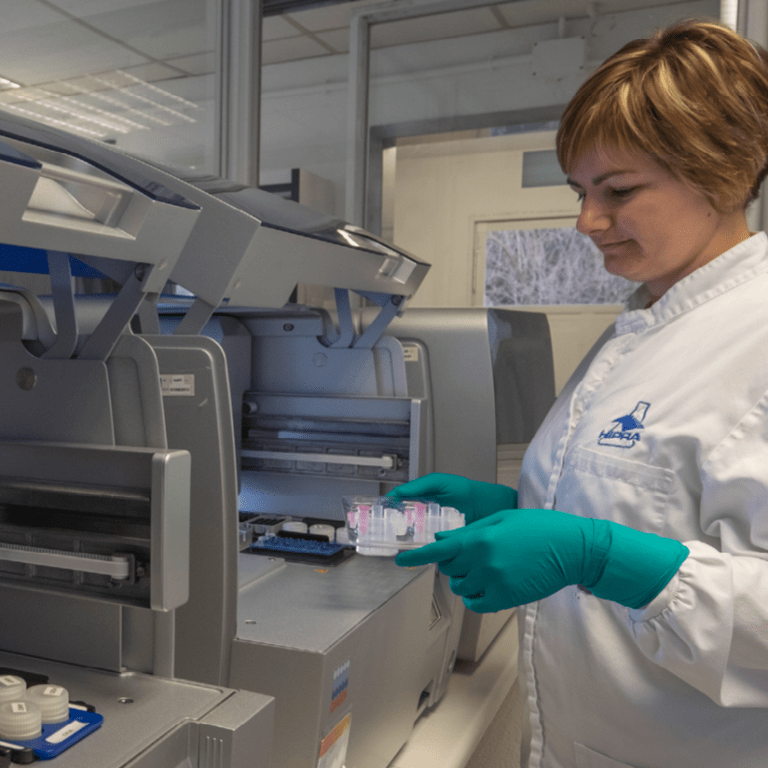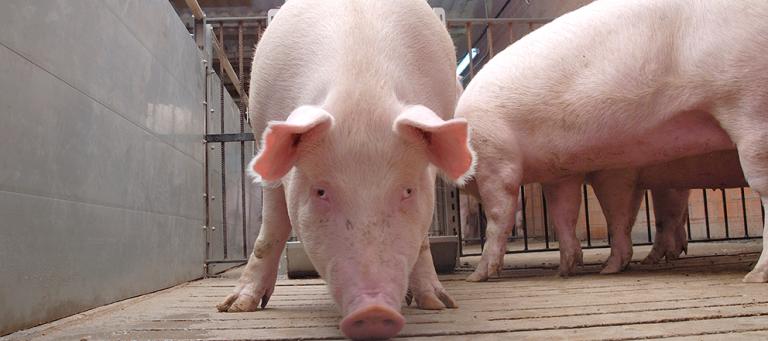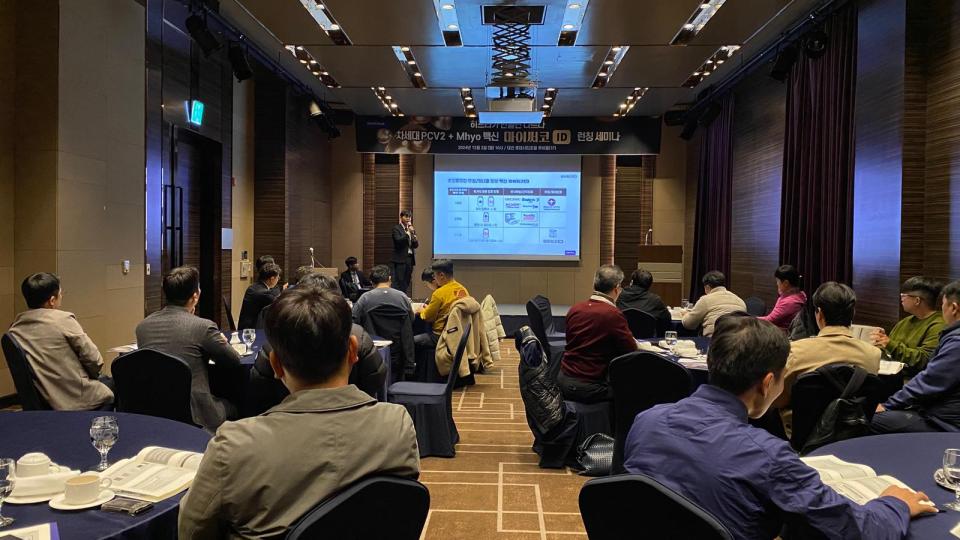AETIOLOGY:
Leptospira spp. Is a gram negative bacterium. It is a disease caused by a variety of morphologically similar but antigenically distinct. The pathogenic consists of 14 pathogenic species and 260 different serovars. In the case of pigs, there are adapted (Bratislava and Pomona) and non-adapted serovars (Hardjo, Tarassovi, Canicola, Icterohemorrhagiae, anD Grippotyphosa).
TRANSMISSION:
The epidemiology is very complicated since swine can be infected by any of the pathogenic serovars. The infection is introduced into a susceptible herd by 3 possible routes: introduction of infected animals, exposure to a contaminated environment, or contact with an alternative infected animal vector. Then animals are infected by direct contact or indirect through contaminated effluent, water or soil.
CLINICAL SIGNS:
The severity varies depending on the serovars implied. There are acute and chronic leptospirosis.
Acute: Coincides with the period of bacteremia. Jaundice, hemoglobinuria, fever and abortions.
Chronic: abortions, stillbirths, weak piglets, reduced litter size, infertility.
LESIONS:
The main pathological change is the damage of the membranes of the endothelial cells of small blood vessels. Petechial and ecchymotic hemorrhages in lungs and kidneys. In chronic processes gray foci surrounded by hyperaemia in the kidneys. Jaundice also can appear in some animals. There are not big changes in aborted foetuses or in placentas.
DIAGNOSIS:
Clinical diagnosis is difficult due to the inapparent clinical signs of acute leptospirosis and the lack of specificity of lesions.
Laboratory: The diagnosis is usually based on the results of laboratory test, divided into two groups: Indirect serologic test that asses antibody levels (the most common is microagglutination or MAT) and direct test that detect the organism (PCR, bacterial culture is complicated).
TREATMENT, PREVENTION AND CONTROL:
Control of leptospirosis is dependent on the combined use of 3 strategies: antibiotic therapy, vaccination, and management. The most common antibiotics used are streptomycin or tetracyclines. Vaccines are usually combined with Erysipelas and Parvovirus antigens. The main management factor is the prevention of direct or indirect contact with free-living vectors or other domestic stock.




